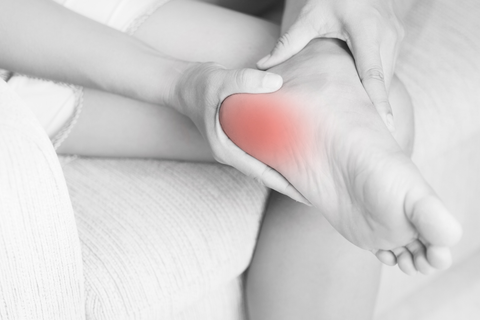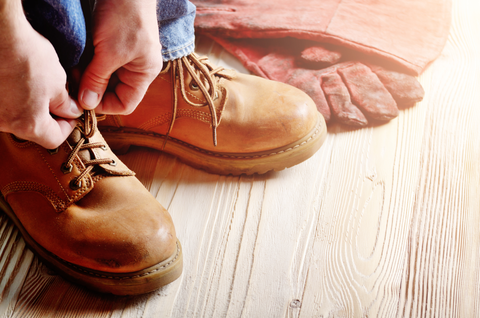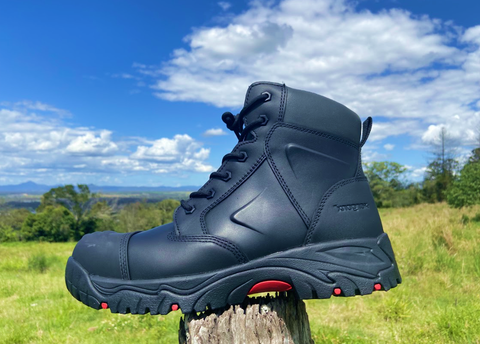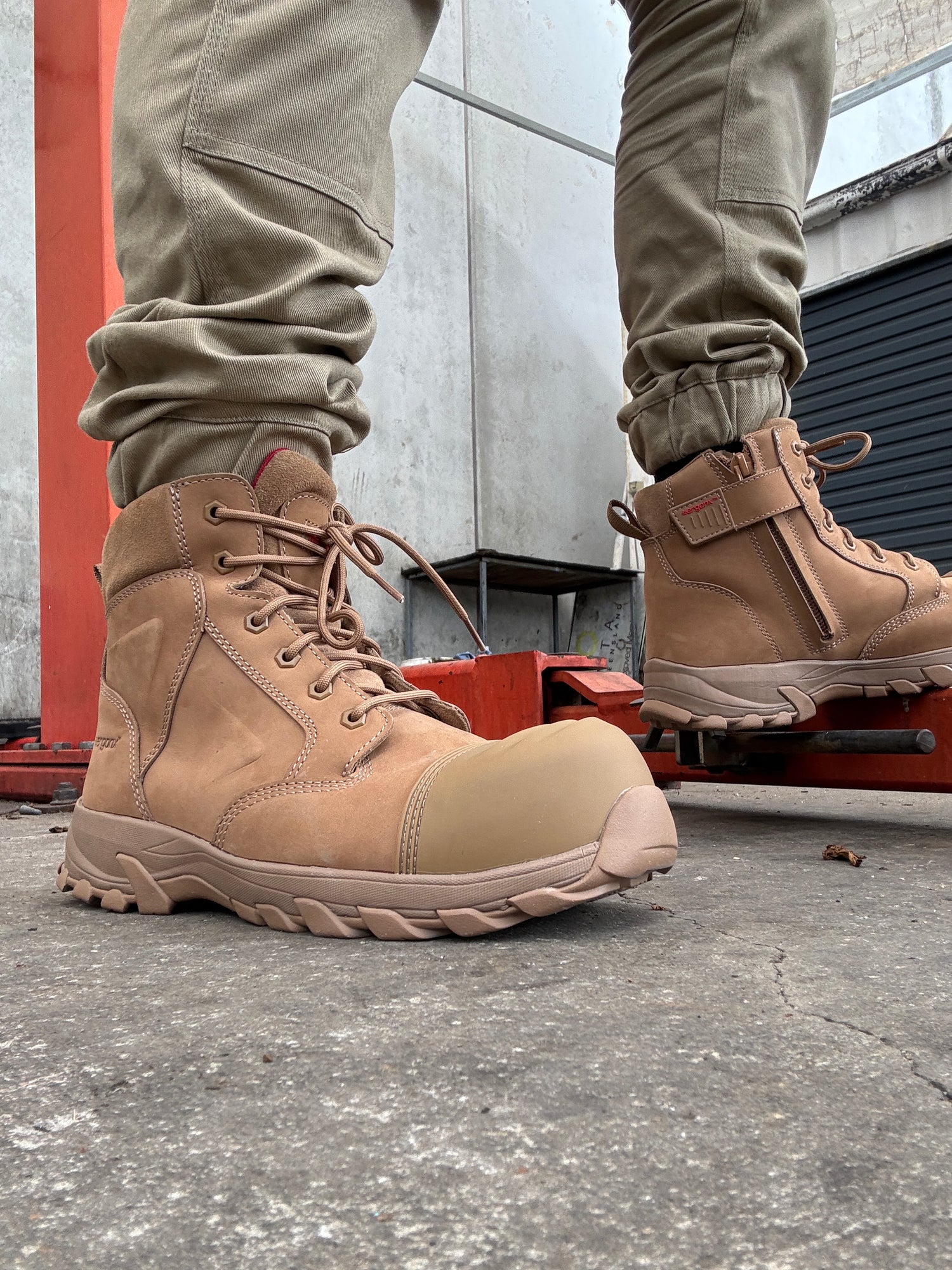HOME/ WORK BOOTS / HEEL PAIN IN WORK BOOTS AND AT WORK
Do you often find yourself dealing with stubborn heel pain after a long day's work? Well, you're not alone. Many who spend long hours on their feet experience discomfort in their heels. The good news is that there are ways you can tackle this common foot problem.

What to pay attention to when finding a pair of work safety boots
Depending on the type of work you do, your work boots can mean the difference between a pain-free day or leaving the job site with tired aching feet. Every trade has different priorities and everyone's foot is unique. Factor in thousands of choices on the market and it can be tough to find new boots that suit your specific needs. It can be overwhelming, which is why, in today's post, we highlight the key features of quality work boots.
Flexibility and stability
Pay attention to how flexible your safety shoes are. Your boots should promote the natural mechanics of the foot rather than work against them. The ideal work boot should only bend at the point where your toes naturally flex. This ensures your legs move efficiently so that you can stay on your feet all day. Boots that twist too much or bend in the wrong areas can lead to muscle, joint, and bone fatigue. The plantar fascia, a long band of connective tissue that runs down the bottom of the feet, is especially prone to overuse and injury.

The power of a high-quality heel counter
The heel counter is the part of the boot that supports the back of your foot. It is a main player in maintaining stability. Look for work boots with a firm and high heel counter. Opting for a thermoplastic heel counter is a smart choice as it stays sturdy even when exposed to moisture. A durable heel counter helps to distribute pressure evenly and prevent the development of heel spurs (bony growths).

Alignment, fit, and support
Alignment and support may be the two most important factors to consider in preventing heel pain. When viewed from behind, your boot's heel should align with the surface. In other words, you should be able to draw a straight line from the heel to the forefoot. Misaligned or twisted boots can contribute to pronation and overpronation which is one of the most common causes of fatigued feet. Therefore, opt for boots that maintain a flat and aligned position.
If you have flat feet or plantar fasciitis, a quality pair of orthotic insoles can be a game-changer. Choose work boots that come with built-in orthotic insoles or those that have enough room to accommodate custom orthotics. The Ergonx Elements Work Boot is a great option that is podiatrist-designed and -recommended.

Extra tips for relief
Along with choosing the right work boots, there are other methods to alleviate and prevent heel pain. Muscle tightness, particularly in the calf muscles, can contribute to foot discomfort. Therefore, we recommend warming up your calves before starting work. By loosening up the muscles, you can prep them for the demands of the workday. Remember to approach stretching and warming with care though and listen to your body. Never force a stretch as this can lead to injury. Aim for gentle sustained stretches that feel comfortable and relieve tension.

Have questions about heel pain, comfortable work boots, and foot pain due to prolonged standing? Feel free to leave a comment below or reach out to us at ergonx.com.au! We're here to help you with your foot health needs!


